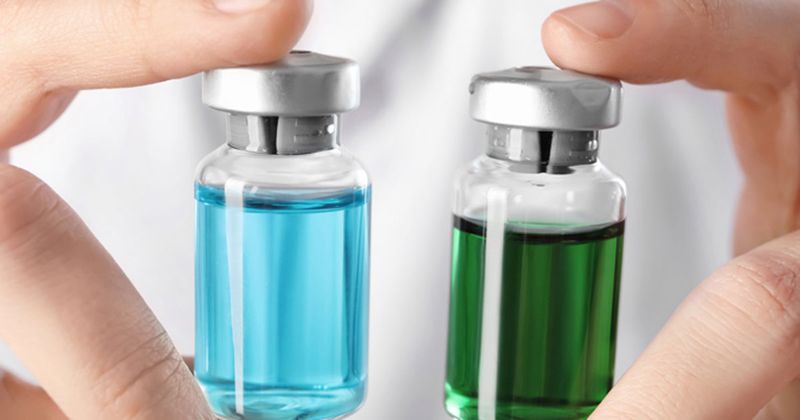Anifrolumab yields consistent BICLA responses regardless of patient characteristics
Patients with systemic lupus erythematosus exhibited consistent responses to anifrolumab as measured by British Isles Lupus Assessment Group-based Composite Lupus Assessment, or BICLA, irrespective of baseline characteristics, according to a large pooled analysis presented at the EULAR 2020 E-Congress.
“In the TULIP-1 and TULIP-2 trials, patients with moderately to severely active SLE had greater BICLA responses when treated with anifrolumab than with placebo, and safety and tolerability were similar to that observed in phase 2,” Eric F. Morand, MBBS, PhD, FRACP, of Monash University, Melbourne, Australia, said during his session. “The objective of this study was to compare BICLA responses to anifrolumab and placebo at week 52 in protocol-defined subgroups of patients in TULIP-1/TULIP-2 and in the pooled data.”

For the pooled analysis, the investigators defined BICLA responses to anifrolumab (AstraZeneca) as a reduction of baseline BILAG-2004 A domain scores to B/C/D or BILAG-2004 B to C/D, and no worsening in any BILAG-2004 organ system. Additionally, the investigators required no worsening of the SLE Disease Activity Index 2000 (SLEDAI-2K) score and no worsening of 0.3 points in the Physician’s Global Assessment.
“Plus, no discontinuation of study treatment and no use of restricted medications,” Morand noted.

Baseline demographics, disease characteristics and standard-of-care medications were comparable between the anifrolumab and placebo groups within both TULIP trials.
“The majority of patients were young adult females; a range of races and geographic regions were accrued,” Morand said. “Patients had active disease, as shown by a SLEDAI-2K of 11, and 50% of patients were taking at least 10 mg of corticosteroid. [Additionally] 82% of patients had a high type 1 interferon gene signature test at screening.”
According to the analysis, across multiple subgroups, higher percentages of patients achieved BICLA responses at week 52 in the anifrolumab group compared with placebo group.
Researchers observed a uniformity of BICLA responses supporting anifrolumab across the subgroups of disease severity (SLEDAI-2K <10 points [difference: 15.3% in TULIP-2; 16.9% in TULIP-1] vs. 10 points [difference: 16.7% in TULIP-2; 17.1% in TULIP-1]) and corticosteroid use (prednisone or equivalent <10mg/d [difference: 20.1% in TULIP-2; 16.2% in TULIP-1] vs. 10mg/d [difference: 12.0% in TULIP-2; 17.7% in TULIP-1]) at baseline.
“There was no effect of sex, body mass index, age or age of onset on the effect size anifrolumab over placebo,” Morand said. “Across the spread of races in this study, including African Americans, there was no substandard impact on the effect size of anifrolumab over placebo.”
Additionally, numerically different BICLA effect sizes between the anifrolumab and placebo groups were observed in both studies in relation to baseline IFN gene signature status (high [difference: 17.3% in TULIP-2; 19.1% in TULIP-1] vs. low [difference: 11.2% inTULIP-2; 7.5%, in TULIP-1]).
“Robust BICLA response rates were observed at week 52 favoring anifrolumab compared with placebo across multiple prespecified subgroups in TULIP-1, TULIP-2 and in the pooled TULIP data,” Morand said. “There was no substantive impact of demographics, baseline disease activity or baseline corticosteroid dosage on the effect size of anifrolumab versus placebo. Importantly, some groups were small and results should be interpreted with caution; however, we conclude that BICLA responses across these subgroups suggest clinical benefit of anifrolumab irrespective of baseline characteristics.”










